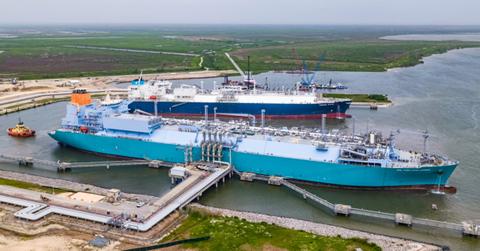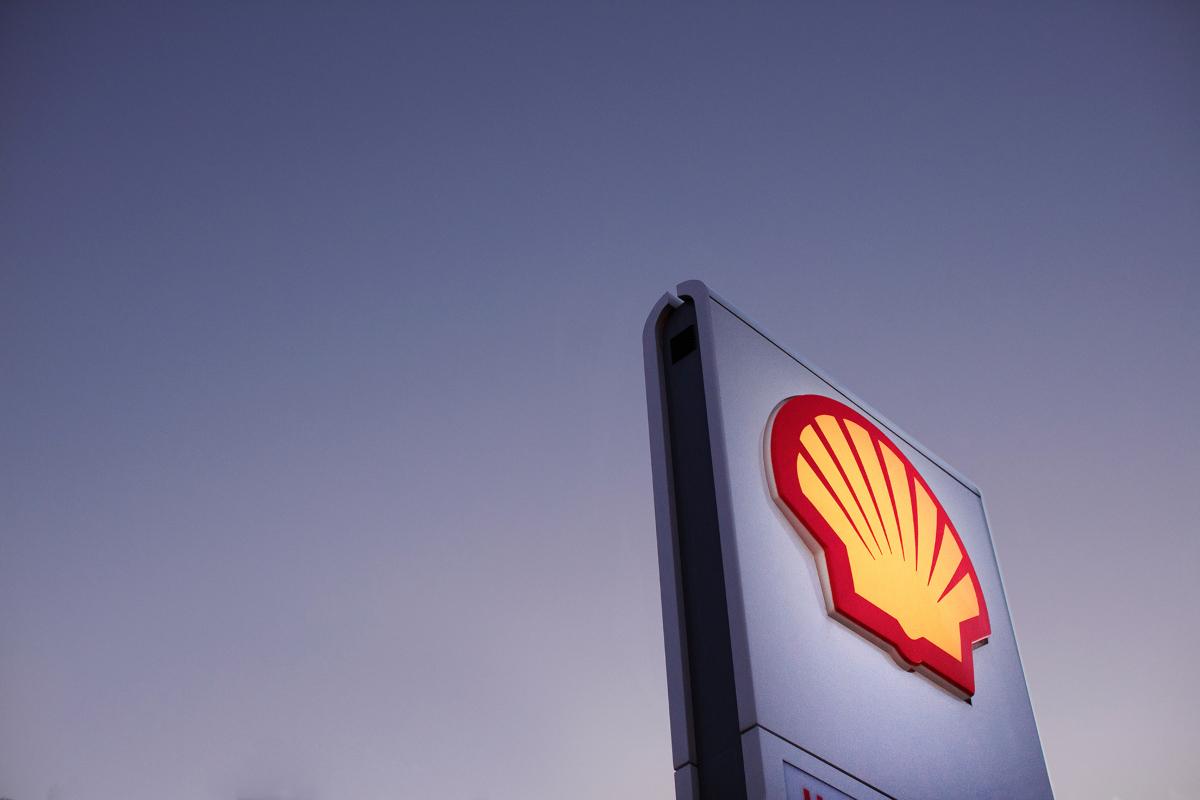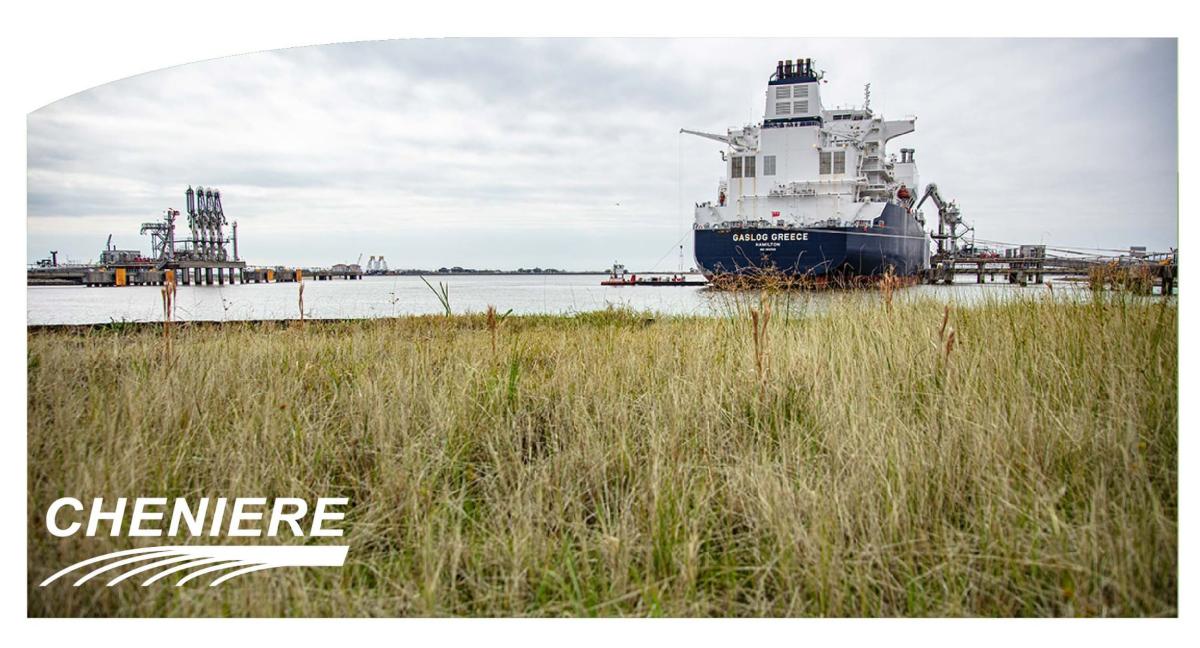What Are the Best Liquified Natural Gas (LNG) Stocks To Buy?
Liquified natural gas demand is expected to double by 2040, with the U.S. emerging as a key player. Here are the best LNG stocks to buy.
Sept. 13 2021, Published 5:48 a.m. ET

While global crude oil demand plummeted in 2020 amid COVID-19 lockdowns, Shell estimates that LNG (liquified natural gas) demand increased marginally to 360 million metric tons. The U.S. has emerged as a key LNG exporter. What are the best LNG stocks to buy?
Over the years, natural gas has emerged as a good source of energy, as it's cleaner than other fossil fuels. However, it faces a key drawback when it comes to international transportation. Moving natural gas by pipeline entails massive investments in related infrastructure. As LNG is liquid, it can be transported through tankers.
What’s the outlook for LNG?
Shell estimates that global LNG demand will almost double to 700 million metric tons by 2040. In the U.S., the Trump administration was friendly toward the fossil fuel sector and saw energy exports as a way to bridge the country’s massive trade deficit.
The best LNG stocks to buy
The U.S. EIA (Energy Information Administration) forecasts that, in 2021, the country’s LNG exports will exceed natural gas exports through pipelines for the first time since 2016, when LNG exports from the lower 48 states began. Here are some LNG stocks that look good amid the expected increase in global demand.
Teekay LNG Partners
While Teekay Energy Partners (TGP) doesn't produce LNG, the company is involved in its transportation. Its stock is up 41 percent this year. Analysts' median target price of $17 for the stock implies a 2.7 percent upside over the next 12 months, and their highest target of $21 implies a 26.9 percent upside. Teekay is also attractive to dividend investors, with a 7 percent dividend yield, and its NTM (next-12-month) PE multiple of 6.6x looks reasonable.
Shell is the largest LNG producer
Global energy giant Shell, the world's largest LNG producer, expanded its LNG portfolio by acquiring BG Group in 2015. The integrated energy company is also investing in green energy and aims to be carbon-neutral by 2050. As part of the transformation, it has cut down its refining footprint and intends to shed 7,000–9,000 jobs by the end of 2022.
In 2020, Shell lowered its dividend, like most other energy companies. It then increased the payout again, to its current 3.8 percent. The stock's NTM PE multiple of 7.4x looks reasonable.
Cheniere Energy
Headquartered in Texas, Cheniere Energy (LNG) is the largest LNG producer in the U.S. and was the first company to export LNG from the lower 48 states. With its two LNG facilities in the U.S., it was the second-largest LNG operator globally in 2020. The stock has risen almost 50 percent in 2021.
Cheniere Energy Partners (CQP), which was formed by Cheniere Energy, is another attractive play. The downstream limited partnership company owns the Sabine Pass LNG terminal and Creole Trail Pipeline. CQP has an attractive dividend yield of almost 6.5 percent.



